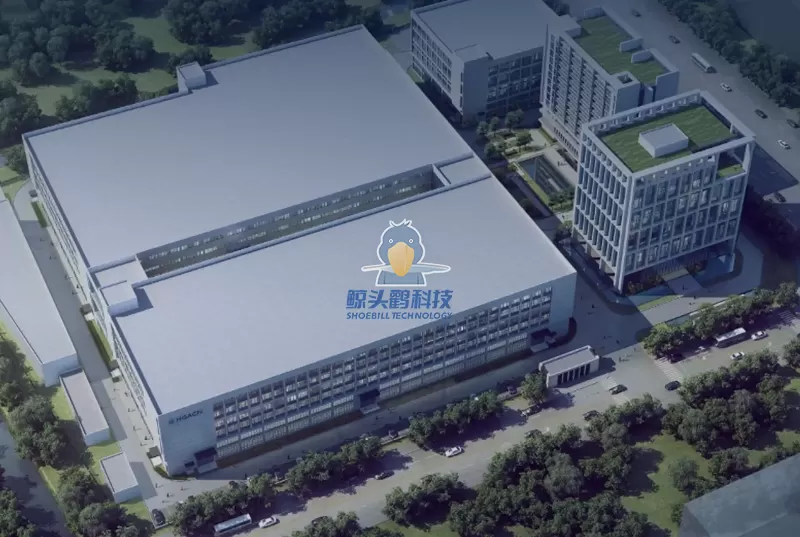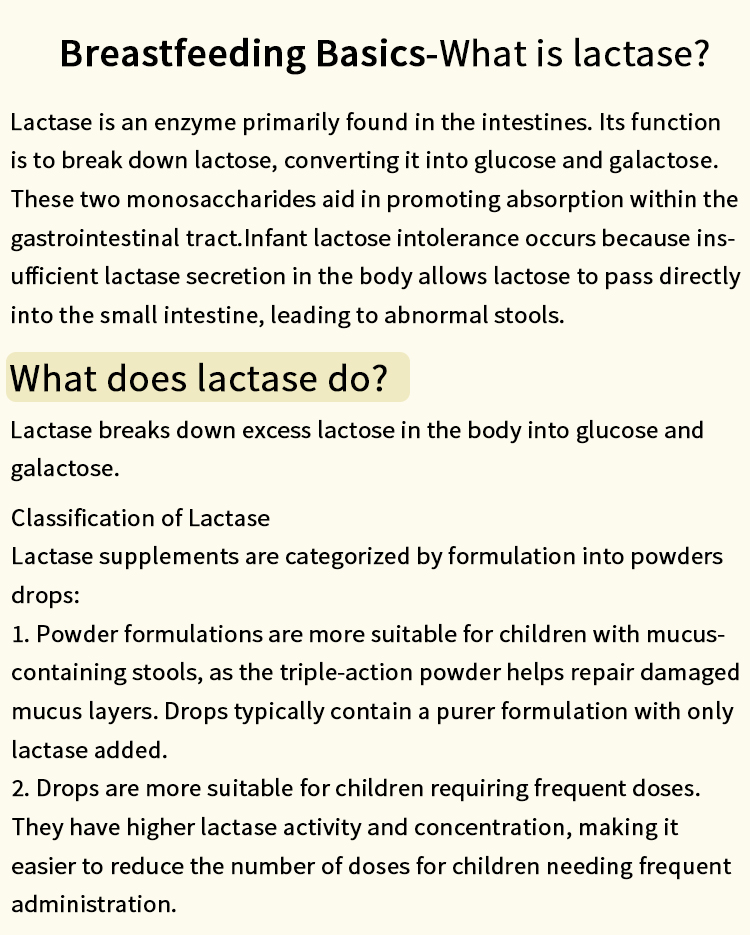
As a business owner or entrepreneur, it is crucial to understand the assets that make up your company. Assets are the resources that a business owns or controls, which can be used to generate revenue and create value for stakeholders. In this article, we will explore the different types of assets that a business can possess and how they contribute to the success of the enterprise.
- Tangible Assets
Tangible assets are physical assets that a business owns, such as property, equipment, and inventory. These assets can be seen, touched, and quantified. Tangible assets are important because they can be used to generate revenue and provide collateral for loans. For example, a manufacturing company may use its equipment to produce goods that are sold to customers, while a retail store may use its inventory to stock its shelves and generate sales.
- Intangible Assets
Intangible assets are non-physical assets that a business owns, such as patents, trademarks, and goodwill. These assets cannot be seen or touched, but they can be valuable to a business because they can provide a competitive advantage or enhance the company's reputation. For example, a software company may own a patent for a unique algorithm that gives it an edge over competitors, while a restaurant may have a strong brand reputation that attracts loyal customers.
- Financial Assets
Financial assets are investments that a business owns, such as stocks, bonds, and cash. These assets can provide a source of income for the business and can be used to fund operations or expansion. For example, a tech startup may receive funding from venture capitalists in exchange for equity in the company, while a mature business may invest its excess cash in stocks or bonds to generate returns.
- Human Assets
Human assets are the people who work for a business, including employees, managers, and executives. These assets are important because they bring skills, knowledge, and experience to the company. Human assets can also provide a competitive advantage by creating a culture of innovation and collaboration. For example, a tech company may hire top talent from around the world to develop cutting-edge products, while a consulting firm may rely on its experienced consultants to provide high-quality services to clients.
In conclusion, the assets of a business are the resources that contribute to its success and value. By understanding the different types of assets that a business can possess, entrepreneurs and business owners can make informed decisions about how to allocate resources and create a sustainable enterprise. Whether it is tangible assets like property and equipment, intangible assets like patents and goodwill, financial assets like stocks and bonds, or human assets like skilled employees and innovative thinkers, each asset plays a critical role in the success of a business.





